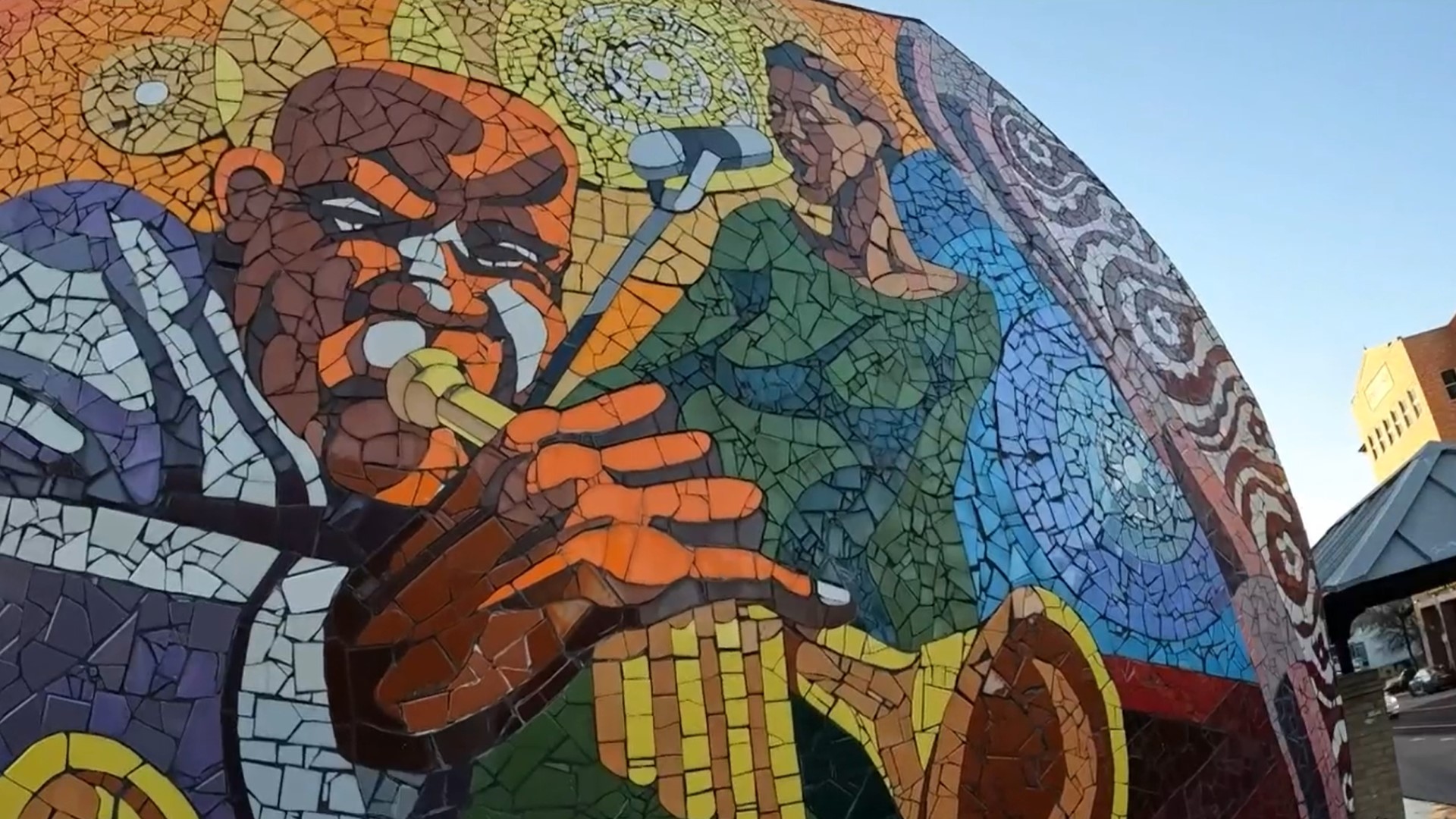AUSTIN, Texas — The Texas Department of Transportation (TxDOT) is arguing in federal court that Interstate 35 did not unfairly disadvantage Black or Latino Austin residents. The stance contradicts TxDOT's own historical assessments of I-35, according to a report from KUT.
"Defendant specifically denies the allegations that the construction of I-35 caused discrimination against Black or Latino communities or that I-35 impacts on communities along it have fallen disproportionately on marginalized persons," the Texas Attorney General's Office argued on behalf of TxDOT in response to a federal lawsuit attempting to stop the expansion of I-35.
But KUT says a historical report in Texas' federally-required study of the I-35 expansion plan paints a different version of history than the one being argued in court.
One document within the state's Final Environmental Impact Statement and Record of Decision for the I-35 Capital Express Central Project reads in part, "In the late 1950s and early 1960s East Avenue’s transformation into IH 35 reinforced the segregated division between the largely white population of Central and West Austin and the largely Black and Hispanic population in East Austin south of Manor Road."
The document goes on to say, "The intrusion of IH 35 led to the eventual demolition of Samuel Huston College, Winn School, East Avenue Park, and numerous other homes and businesses that once lined East Avenue."
KUT reports that I-35 was built along East Avenue, a street that was designated as a racial segregation line by Austin political leaders nearly 100 years ago. The city's 1928 plan called for schools and other resources for Black residents to be built east of East Avenue. KUT also reports that "basic services like sewer lines and paved roads" were denied to freedman communities to the west, pushing Black Austinites into the east side.
KUT says TxDOT's report also noted that Mexican Americans formed their own communities through the early 20th century that would later be impacted by I-35.
"The construction of I-35, which was completed in May 1962 along former East Avenue, cut off Lower Waller Creek, including Palm School and Palm Park, from East Austin. These factors drove displacement of Mexican American residents living along lower Waller Creek," researchers wrote for Mead & Hunt, the architectural and engineering firm TxDOT commissioned the report from.
"Interstate construction split the Mexican American community that had previously spanned either side of East Avenue, cutting off residents in the Driskill & Rainey and Bridge View subdivisions from East Austin," the historical analysis also states. "Many of the predominantly Mexican American children who attended Palm School lived in East Austin, so they could no longer easily walk to campus, and lost access to Palm Park as well."
To learn more, read KUT's full report.

